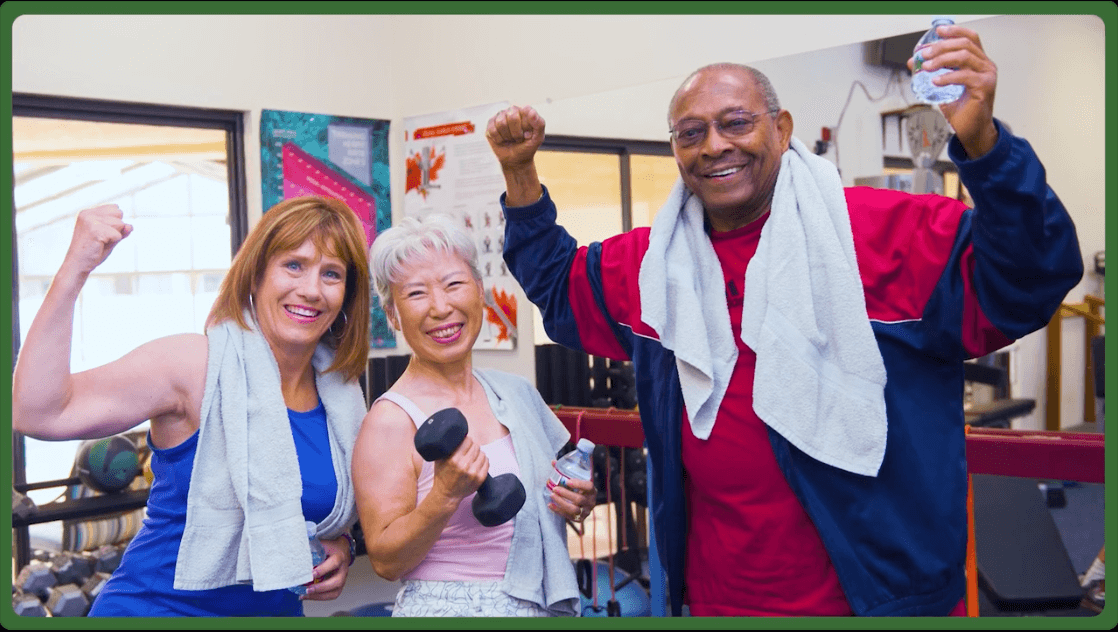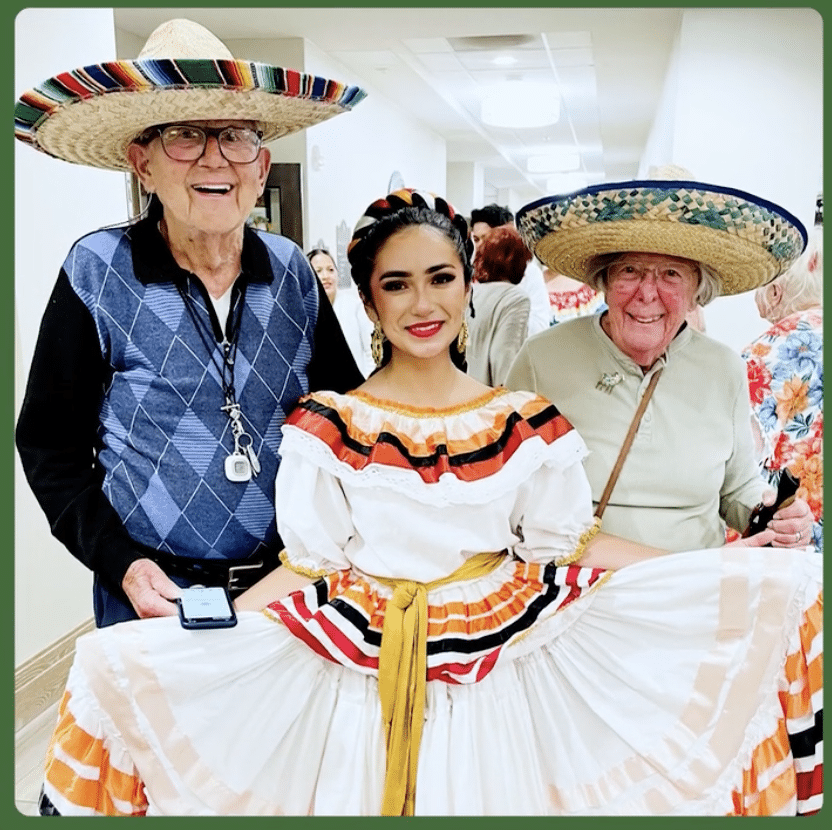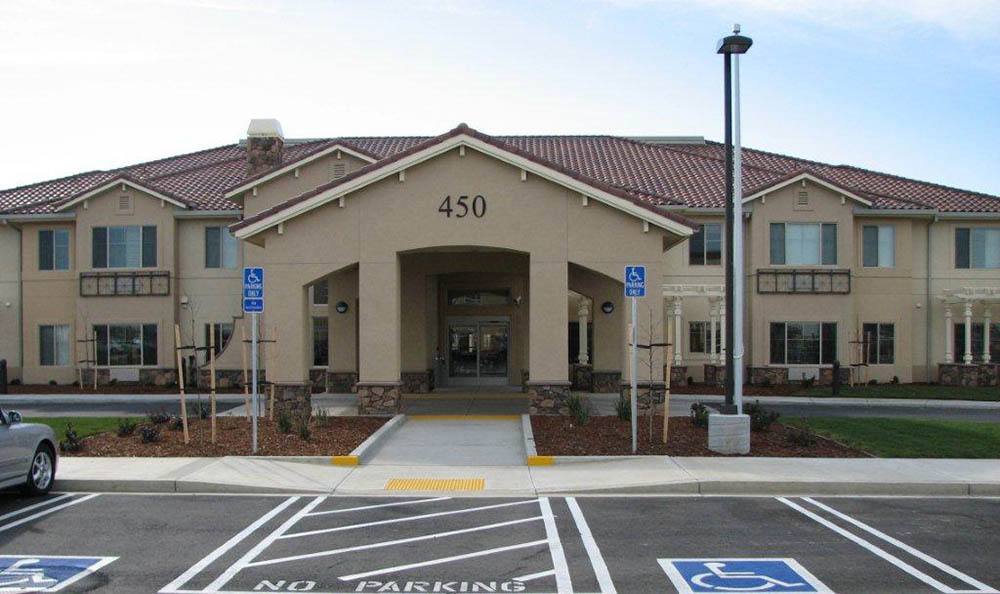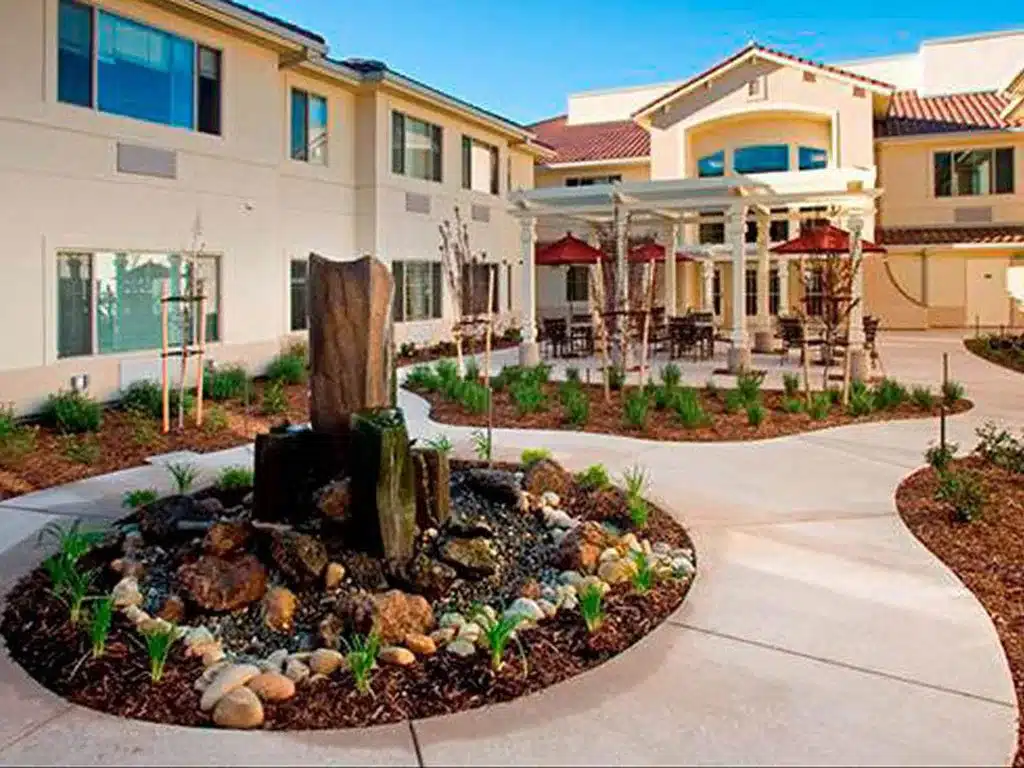Water Exercises for Seniors to Improve Join Health & Flexibility
Best Water Exercises for Seniors to Boost Joint Flexibility
Water exercises for seniors offer a refreshing way to stay active, especially for those looking to ease joint discomfort and improve mobility. At Westmont of Brentwood, you’ll find the perfect environment for low-impact movement that keeps you strong without the stress on your joints. With the gentle resistance of water and professional guidance, these workouts feel more like fun than fitness. Whether recovering from an injury or just seeking a better way to stay in shape, aquatic activities can help you move freely again.
Why Water Exercises for Seniors Work Wonders
When you step into the pool, you’re giving your body a break from gravity’s pressure. Water exercises for seniors reduce impact while increasing the range of motion, allowing smoother movements for those with stiffness or pain. The buoyancy supports your joints, letting you bend and stretch without discomfort. Plus, the natural resistance of water helps tone muscles and build endurance. Over time, seniors notice improved strength and balance, which are essential for daily activities. Sessions at Westmont of Brentwood provide structured routines that help you stay consistent and motivated.
Water Exercises for Seniors Near Brentwood, CA
If you’re searching for water exercises for seniors near Brentwood, CA, Westmont of Brentwood offers a welcoming environment tailored for older adults. The warm pool temperature helps soothe aching muscles, while skilled instructors guide you through each move. Whether new to water workouts or looking to elevate your routine, the various programs here meet different fitness levels. This setting is ideal for building a habit, especially when community and convenience combine. Local seniors can experience fun and fitness in one place, with water workouts that feel as good as they are effective.
Try Deep Water Exercises for Seniors
Looking to challenge your body without adding pressure to your joints? Deep water exercises for seniors are a fantastic solution. These exercises often use flotation belts or noodles to keep you suspended, allowing full-body engagement without touching the pool floor. Moves like water jogging or leg lifts become more intense with the added depth, engaging your core and improving cardiovascular endurance. It’s a great way to elevate your routine safely and comfortably. At Westmont of Brentwood, you can explore deep water sessions guided by trained instructors who ensure your workout is both practical and enjoyable.

Pool Exercises for Seniors with Knee Problems
Chronic knee pain can be a significant barrier to staying active, but the pool offers an excellent alternative. Pool exercises for seniors with knee problems allow safe movement that strengthens surrounding muscles without stress on your joints. Gentle leg extensions, water walking, and flutter kicks can help stabilize the knees while improving range of motion. The natural resistance from the water gives enough challenge without the strain. At Westmont of Brentwood, each session can be customized to address specific needs, giving those with knee concerns a safe and supportive place to stay fit.
Best Water Exercises for Seniors with Arthritis
Arthritis often limits mobility, but water provides a safe environment to regain it. Pool exercises for seniors with arthritis, such as arm circles, calf raises, and aquatic yoga, help reduce stiffness while encouraging movement. The warmth of the water soothes inflammation, making it easier to stretch and build strength. These gentle movements improve upper and lower body function without increasing joint pain. The structured arthritis-friendly classes at Westmont of Brentwood are led by professionals who understand how to support you through each phase of your wellness journey.
Designing the Best Water Exercises for Seniors
The key to lasting fitness is a routine that works for you. The best water exercises for seniors balance cardio, strength, and flexibility. Begin each session with five minutes of water walking to warm up. Then, alternate between upper-body resistance training using water dumbbells and lower-body kicks for ten minutes each. End with calming stretches to relax the muscles and reduce soreness. Repeating this routine two to three times a week creates visible progress without overwhelming the body. At Westmont of Brentwood, custom programs ensure you stay safe while building confidence and ability.
Water Exercises for Seniors Near Brentwood, CA — A Supportive Space
Finding water exercises for seniors near Brentwood, CA, means accessing a supportive community focused on holistic wellness. These sessions are about fitness, connection, confidence, and enjoyment. Seniors who join these programs often find themselves more energized and socially engaged. The staff ensures every participant feels comfortable, no matter their starting point. Westmont of Brentwood has created an atmosphere that makes it easy to stick with your wellness goals while having fun.

Benefits of Deep Water Exercises for Seniors
One of the often-overlooked advantages of deep water exercises for seniors is the opportunity to challenge balance and stability in a completely safe environment. Because you’re floating, there’s no risk of falling, making it ideal for those with mobility issues. These sessions often include core engagement, gentle cardio, and range-of-motion drills that feel surprisingly energizing. Many participants report better posture and endurance after just a few weeks. Deep water options at Westmont of Brentwood help you push your limits while staying well within your comfort zone.
Gentle Pool Exercises for Seniors with Arthritis and Knee Pain
Seniors with joint pain benefit significantly from dual-purpose routines. By combining pool exercises for seniors with knee problems and pool exercises for seniors with arthritis, you target the most common trouble areas with gentle precision. Exercises such as side leg lifts, slow kicks, and supported squats in water are easy on your joints but deliver real results. Doing them consistently reduces inflammation, boosts circulation, and restores functional movement. These sessions also serve as a mental refresh, helping you feel calm and centered.
Choose the Best Water Exercises for Seniors for Your Lifestyle
Finding the best water exercises for seniors means choosing what fits your comfort and goals. You may enjoy deep water workouts for a cardio boost, or prefer shallow-water routines focused on strength and recovery. Whatever your path, the key is consistency and guidance supporting your pace. Westmont of Brentwood tailors each session to meet you where you are, helping you build a sustainable routine that evolves with your needs. There’s no pressure—just progress, one movement at a time. Learn more by calling 925-516-8006 or visiting Westmont of Brentwood.
Frequently Asked Questions
What is the best aquatic exercise for seniors?
The best aquatic exercise for seniors is water aerobics, which combines cardiovascular movement with low-impact resistance training. It’s gentle on the joints while improving balance, flexibility, and strength. Other great options include aqua jogging, leg lifts, and water walking. These exercises promote overall wellness without straining the body.
How often should seniors do water aerobics?
Water aerobics can benefit seniors two to four times per week, depending on their fitness level and health. Regular participation supports cardiovascular health, muscle tone, and joint mobility. It’s important to allow rest days between sessions, especially when starting out. Always consult with a healthcare provider to determine a safe exercise routine.
What exercise burns the most belly fat in the pool?
Exercises like flutter kicks, aqua jogging, and pool planks effectively target belly fat in the pool. These movements engage the core and boost the heart rate, promoting fat loss throughout the body. Consistency and combining these with a healthy diet are key. While spot reduction isn’t guaranteed, water exercises can contribute to overall weight loss and core strength.
Is water aerobics better than walking?
Water aerobics can be better than walking for seniors needing a low-impact alternative that improves cardiovascular health and strength. It reduces stress on the joints while offering resistance that helps tone muscles. Walking is also beneficial, especially for bone density and balance, but water aerobics often provides a safer, full-body workout for those with arthritis or mobility challenges. Ultimately, the best option depends on individual needs and goals.























